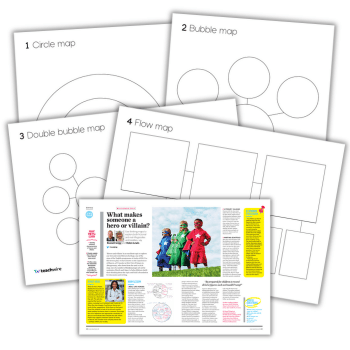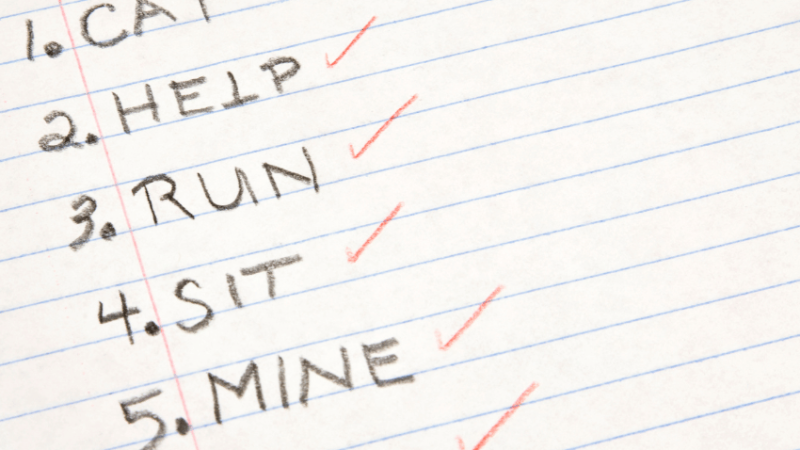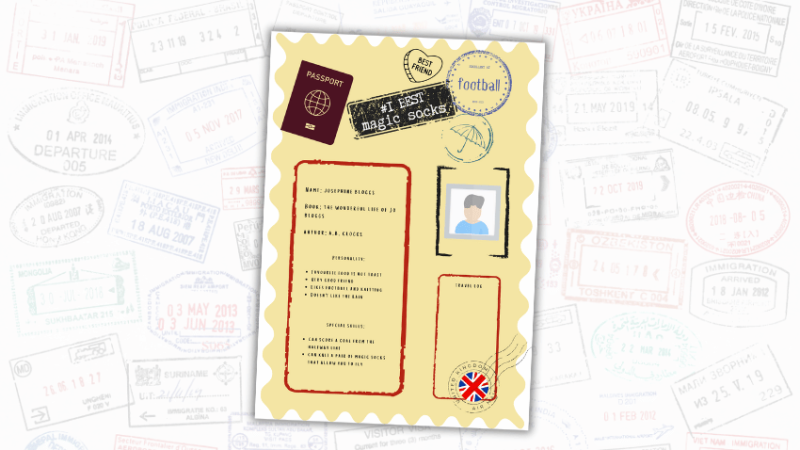Build a Positive Behaviour Climate in your Primary Classroom

Sometimes giving a disruptive child a quick volunteer task is enough to resolve a situation without having to escalate, says Sue Cowley…

- by Sue Cowley
- Author of more than 30 books for educators Visit website

The start of term is a busy time for new teachers, with the excitement of meeting your children and the buzz of finally getting your own classroom.
Many new teachers do have concerns about how they are going to deal with behaviour, though.
In your first few years you are learning how best to encourage good behaviour, and how to deal with problems when they arise.
There is no magic wand to make this happen – you need to understand how to create a positive classroom climate, and build a bank of strategies to use when facing disruption.
Behaviour is all about relationships, and the starting point for relationships is learning your children’s names.
Do this as quickly as possible – use their names in every interaction, play name games with your class, get the children to design sticky name labels, and ask them for help in pronouncing names if you’re not sure.
Start to get to know parents at drop-off and pick-up time as well – they can support you in encouraging good behaviour.
Think carefully about how you will introduce yourself and your expectations to your class. You are likely to feel nervous on the first day, so have a plan for doing this rather than leaving it to chance.
Are you going to spend time discussing ‘class rules’ together, or are you going to explain what you need from the children?
How many rules will you have, and will these be taken from the behaviour policy, or ones you agree as a class?
What displays are you going to make to support behaviour?
The children will feel overloaded at the start of the year, so they will find it difficult to process and remember long lists of expectations.
To help you narrow down your focus, consider this question: if you could only have three rules, what would they be?
When behaviour problems arise, remember to stay calm – it’s useful to take a few deep breaths before you intervene. Try not to overreact – difficult behaviour might feel like it’s aimed at you, but in reality it’s not.
Small children are easily distracted and sometimes giving a disruptive child a quick volunteer task is enough to resolve a situation without having to escalate.
And above all else, give most of your attention to what is going well, praising those children who are behaving the right way.
Sue Cowley is a teacher, author and presenter. Her books How to Survive your First Year in Teaching and Getting the Buggers to Behave are published by Bloomsbury.







